TABLE OF CONTENTS:
(What is blockchain in one sentence)
Question: What is Blockchain in simple words?
Answer: A blockchain is an immutable distributed database for peer-to-peer transactions.
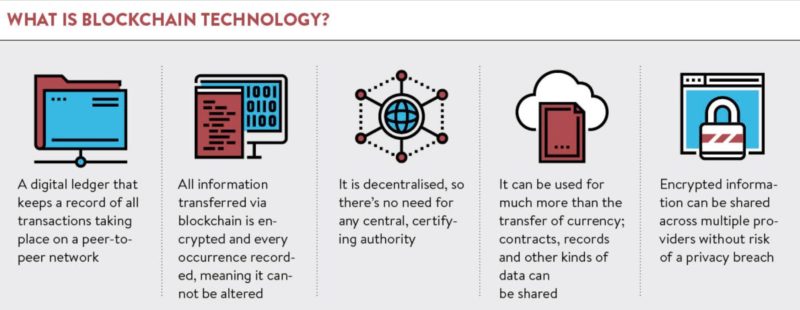
(what is blockchain in simple words)
A blockchain is an innovative technology that comes in the form of an open and decentralized database.
The users enter the information within this database which is recorded on the blocks. Each block represents a small repository of transaction history. Once the users (also called the nods) had generated a sufficient amount of blocks, they get assembled in a chain. A large number of chains form the ecosystem that is virtually impossible to hack.
The primary purpose of the network is to carry out transparent peer-to-peer financial and data transactions. The blockchain has already found application in many areas of social and economic life.
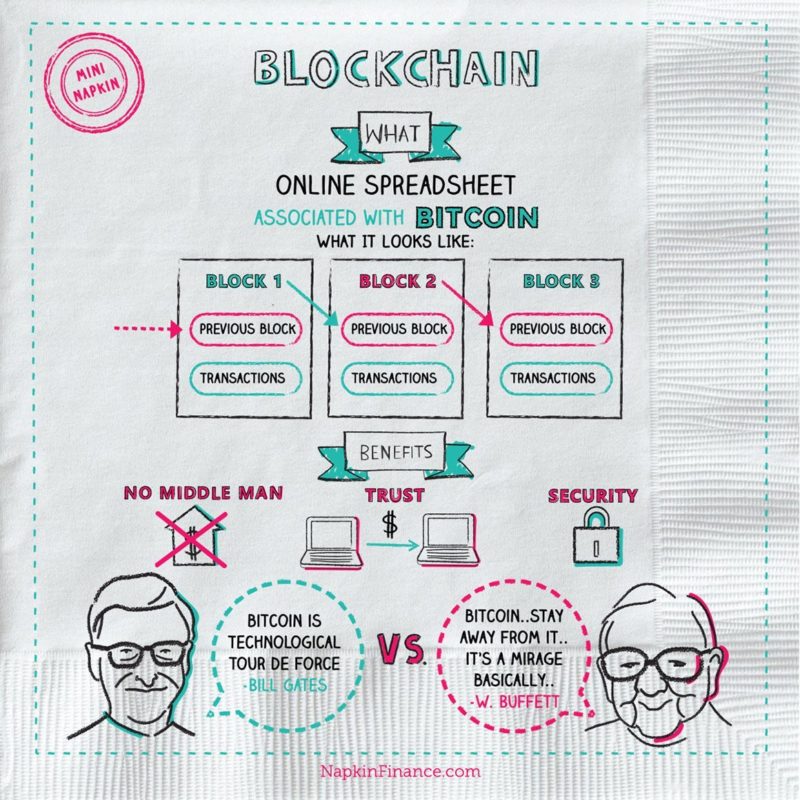
(Blockchain Technology Explained simply)
To comprehend the essence of the blockchain technology, first, it would be necessary to explain the meaning of this word. The term blockchain is derived from two words, the “block” and the “chain”, or it can also be called the “chain of blocks”.
In order to understand why it’s called this way, one should figure out what it’s made of and how it works.
Each blockchain is composed of a large number of blocks which are combined in numerous digital chains. What are the blocks made of? The blocks contain the pieces of information (also called data) about all transactions, contracts or deals conducted within the network.
To make it more understandable, just remember the documentaries about the DNA or the genes which you have probably seen on TV or YouTube. Think about the visual images using which the documentary makers depicted the DNA chains
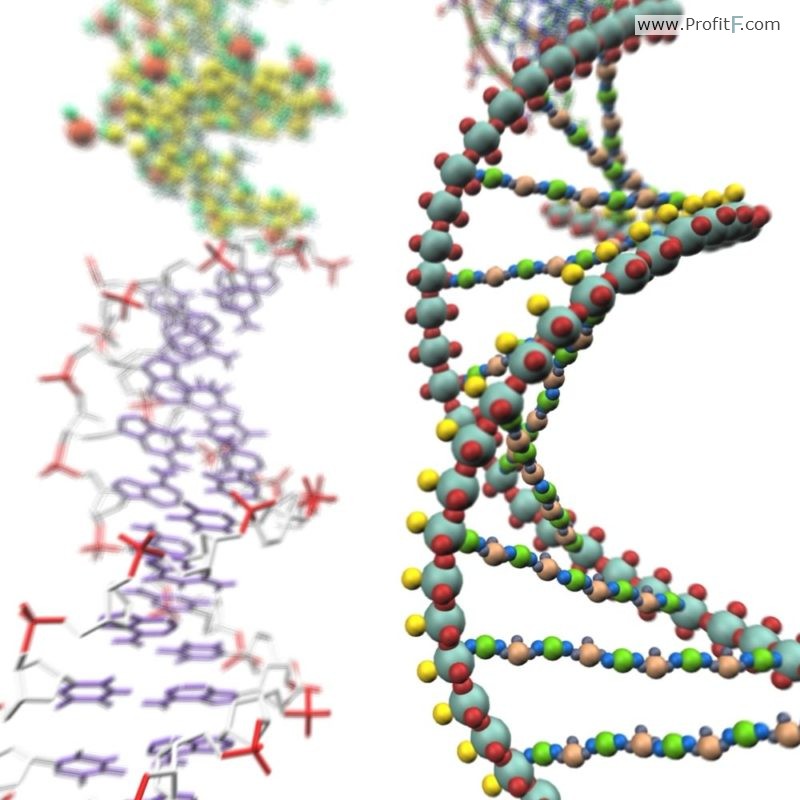
DNA chains and blockchain
Well, that structure is very similar to that of the blockchain. All blocks of information are interconnected in the chains which form a huge database. The blockchain may contain not only the information about the financial transactions but also the digital copies of the documents about ownership rights, various forms of content (both written and video), and even different kinds of registries.
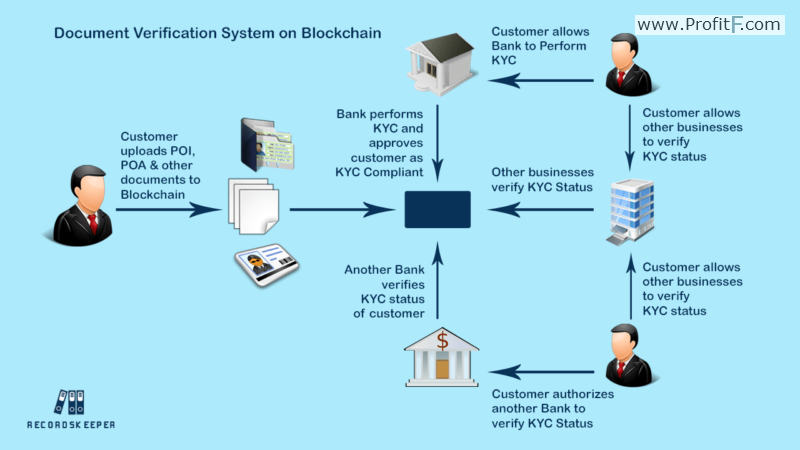
The blocks are formed over a certain period of time necessary to gather the required amount of information and carry out the complicated algorithmic calculations. Once these processes are completed, the block gets added to the chain. The entire network of blocks is thus called the blockchain.
The specifics of the blockchain
The blockchain is often characterized as the distributed ledger, a term which can be confusing for the newbie blockchain enthusiasts. Let’s explain it in detail:
A ledger can be compared to a paper or a digital accounting book where an accountant keeps the record of all transactions. Basically, the blockchain is a big accounting book made of small blocks of information. Each line in the accounting book is an analog of a block while each page can be compared to a chain of blocks. Once the book page gets filled with information, the bookkeeper, which in our case comes in the form of a set of cryptographic algorithms, turns the pages – completes the formation of a block.
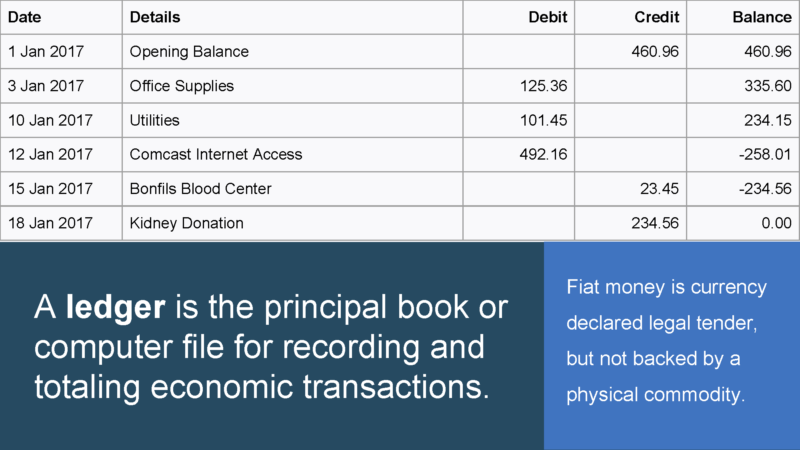
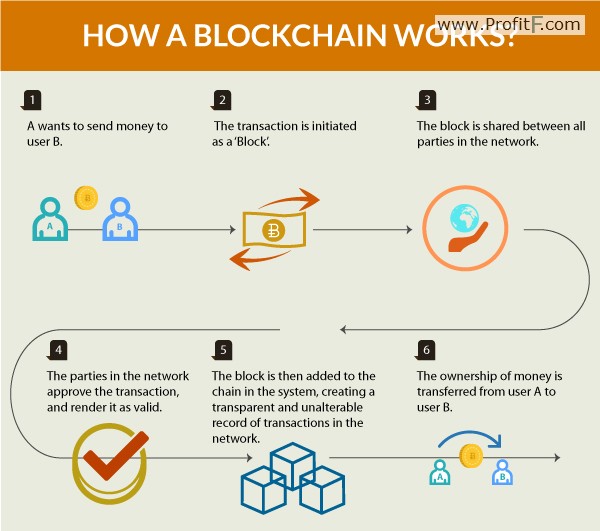
However, you can’t just take an eraser and rub out the information from the blockchain like you would be able to do with the ordinary accounting book or press a few buttons and delete the unwanted data from the computer. You can’t tear out the page or make the information disappear or even slightly change it, for that matter.
Once some bit of data gets on the blockchain, it stays there forever. No one would be able to delete the information or even add a single letter after it had been placed on a block. That particular feature of blockchain is called immutability or the inability to change the stored information. It is an essential characteristic of the blockchain because it makes this technology very safe for storing data and also enables the development of trust in the information from all network participants.
(What happens if someone tries to hack the blockchain?)
Granted that we can trust the information written on the blocks, the next question is – can we trust the system where the information is stored? We often hear about hackers stealing valuable information even from the most secured data storages controlled by huge corporations or governments. Why can’t they do the same with a blockchain?
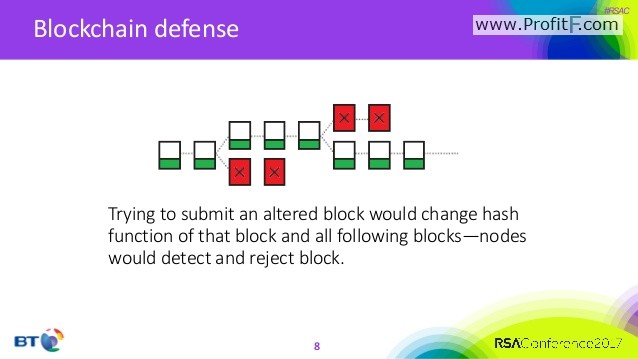
The reason why the blockchain is much more secure than the usual data storage servers lies in the fact that it has been designed as a distributed ledger. Since we have already figured out what the term “ledger” means, let’s get an understanding of the second critical term.
The “distributed” means that the control over the blockchain, as well as over the information stored there, is not concentrated in the hands of one entity but shared among all participants (computers) in the network. In other words, there is no central server on the blockchain. Each computer (also called a node) undertakes the role of a small independent server that maintains the functionality of the entire network. The same principle applies to the information stored on the blocks: it gets duplicated as many times as there are computers in the blockchain, and the copies are being distributed among all users – that’s why it is called the distributed ledger
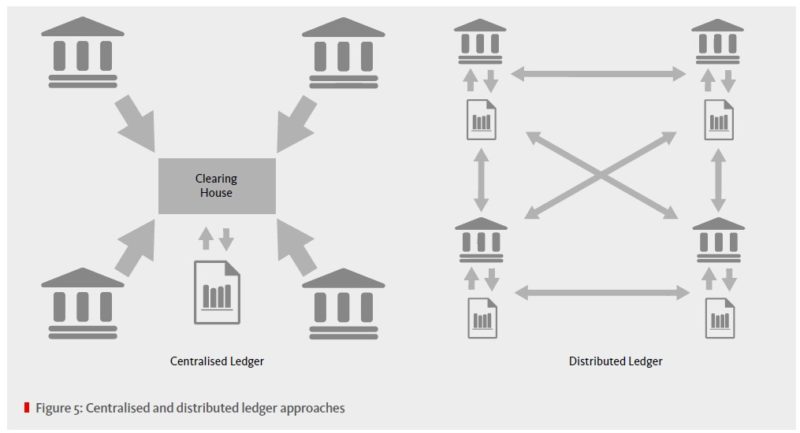
Therefore, in case anyone wants to try and hack into the blockchain, he would be forced to compromise thousands, if not millions, of servers at the same time. Such an act of cybercrime would require an enormous computation capacity (the hacker’s computer would have to be super powerful).
The expenses on such a hack would exceed the financial and informational benefits from this attack many times over. The distributed feature ultimately makes blockchain one of the safest technology in the world today
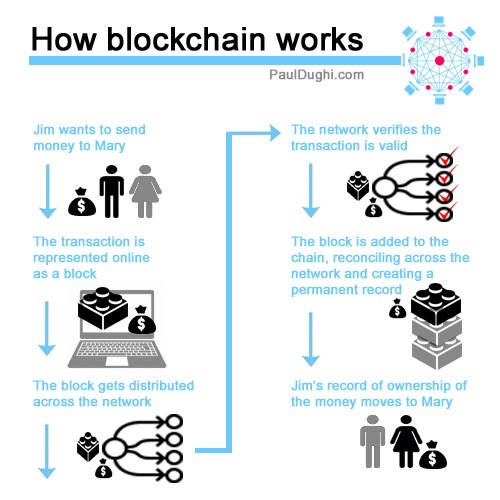
Complete trust and no interference by third parties
The last but not the least important feature of the blockchain is that this invention allows for the total elimination for the need of trusted intermediaries to confirm and carry out the transactions. The trusted intermediaries are the banks, the governments, the lawyers, etc. Basically, it could be any individual or a legal entity that undertakes the function of confirming a financial transaction or some other activity and charges a commission for their services. When it comes to the blockchain, the transactions always take place on the peer-to-peer basis, which means that if you want to transfer a certain amount of money to another person, it will go directly to a recipient without the need for confirmation from the bank. Moreover, the transfers are executed much faster, from a few seconds to several minutes, depending on the network load. All operations on the blockchain are entirely transparent – anyone can see the information about them, but no one can interfere with their course.
The largest blockchains of today
Currently, there are two major blockchains which should be known by anyone who’s interested in that topic. They are Bitcoin and Ethereum
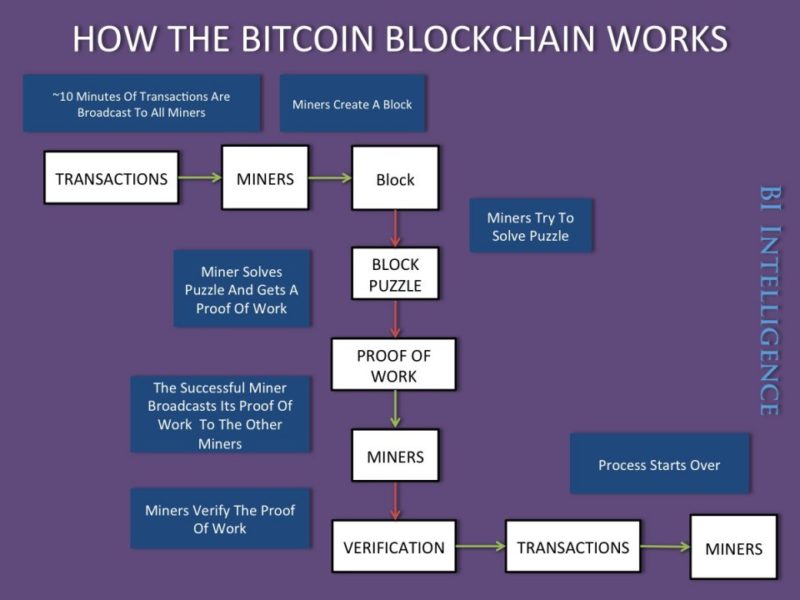
Bitcoin is considered as the original blockchain. It was designed by Satoshi Nakamoto, a programmer or a group of programmers whose identities remain unknown, and released in 2009. Bitcoin is an open-source public (anyone can read the code that was used to write it) blockchain employed primarily for the peer-to-peer transaction of digital currencies – bitcoins.
Ethereum was released in 2015 by Vitalik Buterin and fellow programmers. It is also an open-source public blockchain; only Ethereum is based on a different protocol. It received general acclaim for its ability to generate smart contracts, the digital self-executing agreements that facilitate the exchange of valuable assets in a conflict-free way.
Even though this technology received a rather cold welcome from the general public, it managed to prove its value and applicability over time. More and more people from different industries place their trust in it because they have come to understand the benefits of this technology and acknowledged the fact that the future lies in the blockchain.